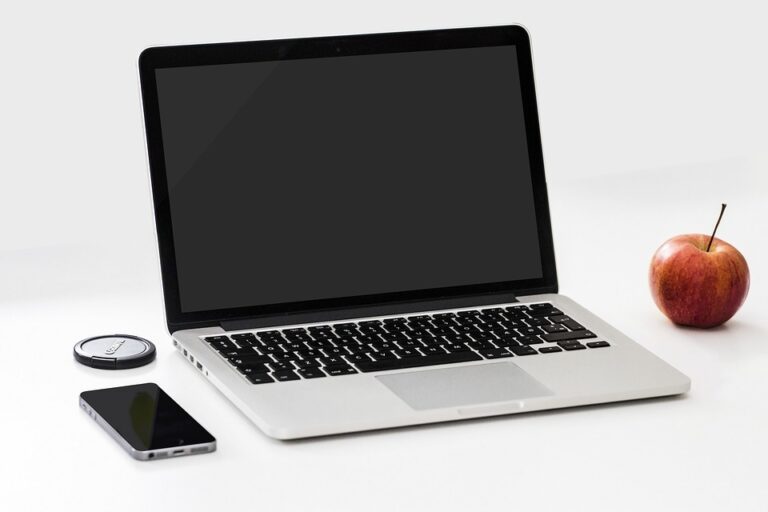Last updated Jun. 19, 2024 by Peter Jakes
How to Correct a Mistake on a Check?
In our increasingly digital world, writing a check may seem like a quaint tradition. Nevertheless, checks remain a viable way to conduct personal and business transactions. It’s not uncommon, however, to make a mistake while filling one out. Whether due to a slip of the hand or a simple oversight, mistakes on checks can happen to anyone. Correcting these mistakes properly is essential in ensuring that the check is still usable and will not be flagged as suspicious by financial institutions. This article covers the steps you should take to correct a mistake on a check effectively and presents some frequently asked questions on the topic.
Steps to Correct a Mistake on a Check
-
Assess the Mistake
Before attempting to make any corrections, it’s vital to assess the nature and location of the mistake. There are various types of mistakes that can occur, such as:
- Incorrect date
- Wrong payee name
- Incorrect amount (either in numerals or words)
- Errors in the memo line
Some mistakes are minor and can be easily corrected, while others may render the check invalid. Assessing the mistake will guide you on whether it’s salvageable or if you should void the check and write a new one.
-
Minor Corrections
If the mistake is minor, such as a small spelling error or a single digit, you may correct it directly on the check by following these steps:
- Use a pen: Avoid using anything erasable or that can be easily altered. Ink is permanent and more secure.
- Single Line Through the Error: Draw a single line through the incorrect information to ensure it is still legible.
- Initial the Correction: Write your initials next to the corrected information. This indicates that the change was made by the account holder and is intentional.
- Write the Correct Information Clearly: Ensure that the corrected information is written clearly and accurately.
Example:
If you wrote the wrong date “01/10/2023” but meant “01/11/2023,” you would do the following:
01/10/2023
→ 01/10/202 ×
→ 01/11/2023 S.D. (your initials) -
Major Corrections
For significant mistakes that could lead to confusion or make the check invalid (e.g., wrong payee name or incorrect amount), it’s better to void the check and write a new one.
- Void the Check: Write "VOID" across the check in large letters. This ensures that no one can attempt to cash or deposit the check.
- Record the Voided Check: Make a note in your check register or accounting software to keep a clear record of the voided check for future reference.
- Write a New Check: Use a new check and fill in the details carefully to avoid repeating the mistake.
Example:
If you wrote the wrong payee name “John Smith” but meant “Jane Doe”, it’s advisable to:
VOIDWrite a new check with the correct details.
-
Communicate with the Payee
If you’ve handed out the check and later discover the mistake, it’s important to communicate with the payee. Inform them that the check is incorrect and arrange to provide a new one. Honest and prompt communication can prevent confusion and delays.
-
Electronic Errors
If the mistake occurred while generating a check electronically via online banking, most financial institutions offer options to cancel or void the check online. Follow the bank’s procedures for canceling the incorrect check and issue a new one.
Tips for Writing Checks to Avoid Mistakes
-
Take Your Time
- Rushing through the process is one of the main causes of errors. Take your time to verify each piece of information before writing it down.
-
Use Block Letters
- Writing in block letters can help in making your writing clearer and minimize the risk of misinterpretation.
-
Check Twice
- Double-check all the fields: payee name, amount, date, and memo before finishing the check.
-
Use Consistent Pen
- Always use the same pen when writing the entire check to ensure you don’t face issues with mismatched handwriting or ink.
- Keep Checks Organized
- Maintain your checkbook in a neat and organized manner to avoid any lost or mixed-up checks.
Alternatives to Correcting a Mistake
-
Issue a Treasurer’s Check
- You can cancel the incorrect check and request a treasurer’s check from your bank. This can be particularly useful for larger amounts and significant transactions.
-
Online Payments
- Whenever possible, use secure online transaction methods like Zelle, PayPal, Venmo, or ACH transfers. These options can reduce the chances of errors and provide immediate electronic records.
- Carbon Copy Checks
- Consider using checks with carbon copies, which provide a duplicate that you can use to review and verify against your account statements.
FAQs
1. Can I use correction fluid or tape to fix a mistake on a check?
No, it’s strongly advised not to use correction fluid or tape on checks. Financial institutions often view checks with correction fluid as tampered documents and may reject or flag them as suspicious.
2. What should I do if I’ve handed out a check with an error that can’t be corrected?
Communicate with the payee as soon as possible. Inform them about the mistake and void the incorrect check. Issue a new one and ensure it’s delivered promptly to their satisfaction.
3. How should I correct the amount if it’s written incorrectly?
For minor errors:
- Draw a single line through the incorrect amount.
- Write your initials next to the correction.
-
Write the correct amount above or beside the error.
For major errors, it’s best to void the check and write a new one.
4. Is a check with a corrected date still valid?
Generally, corrected dates are acceptable if the change is minor and accompanied by your initials. However, some banks may still scrutinize such checks, so it’s good to confirm your bank’s specific policies.
5. Will banks cash a check with errors if it is corrected?
Banks are more likely to accept checks with minor corrections that are properly initialed. However, for major errors or noticeable alterations, banks might reject the check. It’s always safer to void a significantly flawed check and issue a new one.
6. What happens if the corrected information on the check is still unclear?
Financial institutions are likely to reject checks with unclear or ambiguously corrected information. Unclear corrections can lead to misunderstandings and disputes, so clarity and accuracy are paramount in a corrective scenario.
7. Can a check be cashed if there is a mistake in the memo line?
Typically, the memo line is not essential for banks to process the check, as it’s considered as an optional field for personal references. Minor mistakes in the memo line are usually not problematic and do not impede the cashing or depositing process.
8. How long can I wait before correcting a mistake on a check?
Any mistakes should be addressed as soon as you notice them. The longer you wait, the higher the chances of complications. Prompt correction facilitates a smoother transaction process.
9. Can digitally written checks be corrected?
Most banks offer the facility to void or cancel digitally written checks before they are processed. If an error is detected, log into your online banking platform and follow the guidelines to cancel the check. You can then issue a new check with the correct information.
10. Is it necessary to notify my bank if I’ve voided a check due to errors?
While it is not always mandatory to inform your bank about a voided check, it’s a good practice to keep a record and notify them if you suspect any potential misuse of the voided check. This helps maintain transparency and security in your financial dealings.
In conclusion, while making a mistake on a check can be frustrating, it is usually easily rectified with proper attention and steps. By promptly identifying and correcting errors, either by making minor corrections or voiding and rewriting the check, you can minimize disruptions in your financial transactions. Keep in mind the guidelines and recommendations provided to ensure that your checks are completed accurately, and always double-check your work to avoid common pitfalls.






